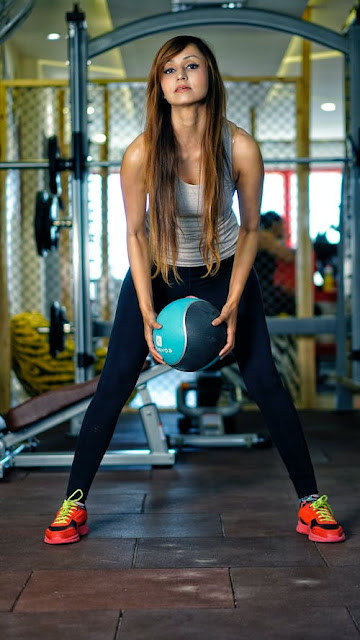"No
pain, no gain" is a common expression when it comes to diagnosing a
condition. It could also be why many of us think you need to feel pain after
exercising to know you have done enough.
There are
many reasons why your muscles may ache after exercising. But, contrary to
popular belief, you do not really need to feel pain for hours or days after
exercising to know that you have a good workout.
Acute Muscle
Pain (DOMS) is a scientific term that describes the pain and tenderness that
our muscles have after exercise. Usually, it occurs after strenuous exercise,
or when we are doing weird exercises. It can occur after any type of exercise,
although it is more common after exercise.
This is a movement
in which the muscles withstand the load as extended (such as when running down
or down stairs). The upper extremity muscles (such as the biceps and shoulders)
may be easier for DOMS as they may not be accustomed to exercising.
While DOMS
can occur even hours after exercise, it usually rises about two days later,
depending on the intensity and intensity of the exercise. But while DOMS is
common, the reason for its occurrence remains unclear - although researchers
have a few ideas about what happens.
The current
theory of science is that DOMS is connected to a combination of:
Mechanical
damage (in the structure of muscle fiber protein),
Injury to
the membrane that blocks muscle fiber,
Injury to
the connective tissue around the muscle fibers,
Inflammatory
immune system, which causes further degradation of muscle protein and
regeneration of certain nerves, causing pain.
Some degree
of muscle damage caused by exercise is probably needed to help build bigger,
stronger muscles. In fact, although muscle injury as a result of exercise may
reduce muscle function after exercise (sometimes even for two weeks), it is
less likely that you will receive DOMS at the same rate the next time you
exercise.
This may
also explain why people who exercise regularly do not receive DOMS regularly.
Regular
weight training, focusing on eccentric exercises (such as squats, deadlifts,
and bench presses) has been shown to reduce the harmful effect of muscle
exercise after ten exercises. There are probably many reasons for this, but
mainly related to the fact that the muscles are better at preventing damage.
How often a
person experiences and how bad DOMS varies from person to person. However,
older people may be at greater risk for muscle damage caused by exercise and
DOMS, possibly because their muscles can not recover after strenuous exercise.
Studies have
also shown that people with certain genes are better able to recover from
abnormal exercise than other people who do exactly the same work.
If you are
starting a new exercise program and your initial workout is too strong or lasts
longer, it is very difficult to avoid DOMS. Adding eccentric exercises to your
training program may lead to DOMS.
But again,
being in pain does not mean that you have to have a good time - it means that
you are doing something that your muscles are not used to.
So if you
exercise regularly and find that you do not feel any pain later in the day or
days after your exercise, make sure your exercise is still working - your
muscles have just improved to deal with the damage and recover.
If you want
to be strong and strong, instead of feeling like you need to exercise until you
are in pain, focus on a principle called "continuous load". This is
where you gradually increase how much exercise you do each time - like doing
extra reps when you exercise or gaining extra weight.
Not only is
continuous overeating shown to be an effective way to build muscle and
strength, it may also reduce the frequency of DOMS. Studies show that even a
few weeks of regular exercise during a workout is enough to see the effect.
So instead
of measuring how much your workouts do based on how painful they are, try
instead gradually increasing either the number of repetitions you do each week,
or the amount of weight you lift. This growing gains of strength and power will
show you how successful your previous exercise was.


